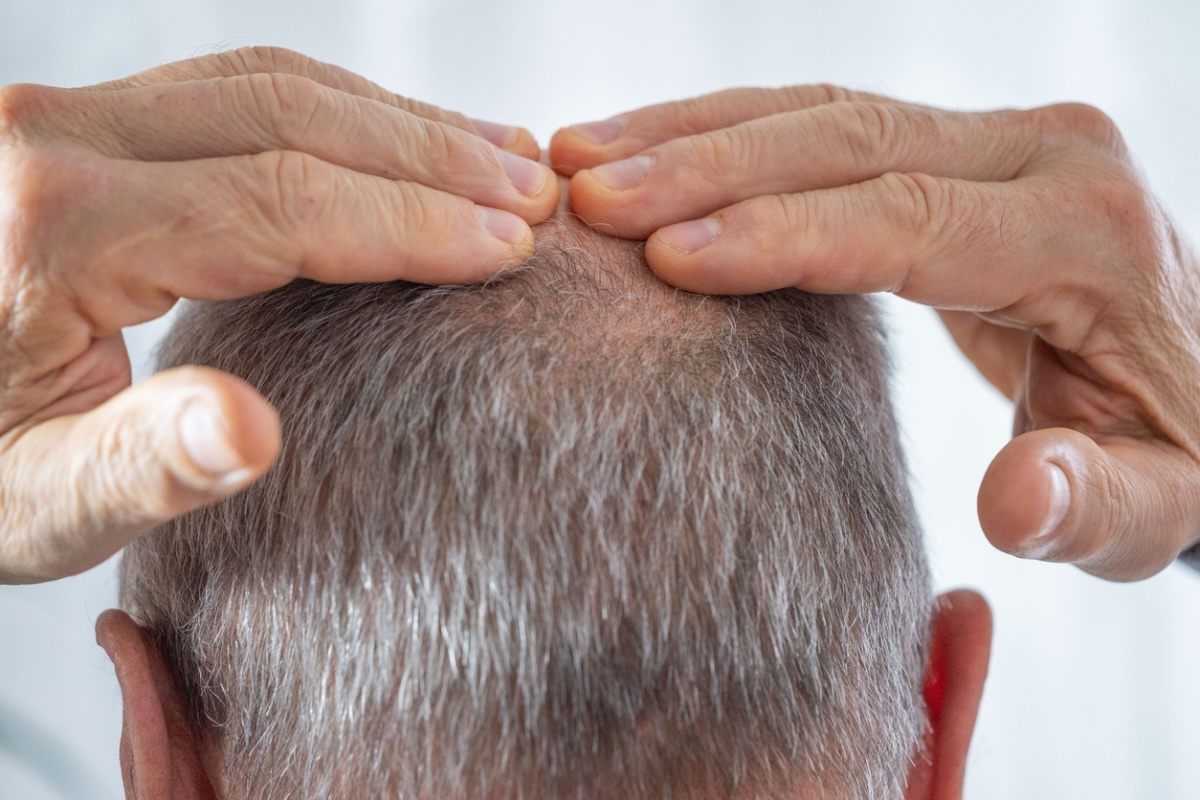A recent study from Japan found that using smiley emojis may not always communicate happiness. According to the study, adding a yellow smiley face within a text may sometimes be a coded way of saying, “I’m depressed.”
In face-to-face conversations, people use facial expressions to help convey their emotions. For example, a person may smile when happy or offer a slight grin to appear grateful when receiving an unwanted gift. Or even fake a smile when they are feeling sad.
But in online conversations, where there are no facial expressions, emojis serve as an online proxy for showing emotions.
Neuropsychiatric Symptoms After a Suicide Attempt by Charcoal Burning
French Fries May Put Depression and Anxiety on the Menu
Pediatric Hospitalizations for Suicidal Behavior Up 163%
Mirroring Emotions
“As online socializing becomes more prevalent, people have become accustomed to embellishing their expressions and scrutinizing the appropriateness of their communication,” said Moyu Liu of the University of Tokyo, who led an investigation into emoji use.
The Frontiers in Psychology study involved 1,289 Japanese participants who used emojis in online chats. The participants were mostly female, 10-25 years of age, and regular users of the popular Simeji emoji keyboard.
Based on self-reported intensity of emotions, the researchers found that the Gen Zs tended to use emojis in a very similar way the average person employs facial expressions.
When texting with someone they knew well, in positive situations, and in private, they added the symbols more liberally. When chatting with someone of higher social status or when participating in group chats, they added fewer. Additionally, people who used emojis more freely reported higher subjective happiness.
When participants felt a strong emotion, the emojis they used matched the situation. However, when they wanted to tone down their message, they added smiling emojis, even when feeling sad. The researchers concluded that this usage was weakly associated with feeling depressed.
“…people may downplay the intensity of their expressions when disclosing negative affect and use smiling emojis instead to socially decorate their expressions,” they wrote.
Online Emotional Detachment
Lui expressed concern that online communication is causing people to become more detached from their true emotions.
“Do people require a ‘shelter’ to express their genuine emotions, and is it possible to break free from pretense and share our true selves in online settings?,” he asked.
The study did have some limitations. The sample was skewed toward young women who used the Simeji keyboard, which may have affected the results. There are also bound to be cultural differences in the way people use emojis just as there are cultural differences in social norms and the use of facial expressions.
Liu suggested that further study with a broader pool of participants would help clarify emoji use and the display rules for emojis.



